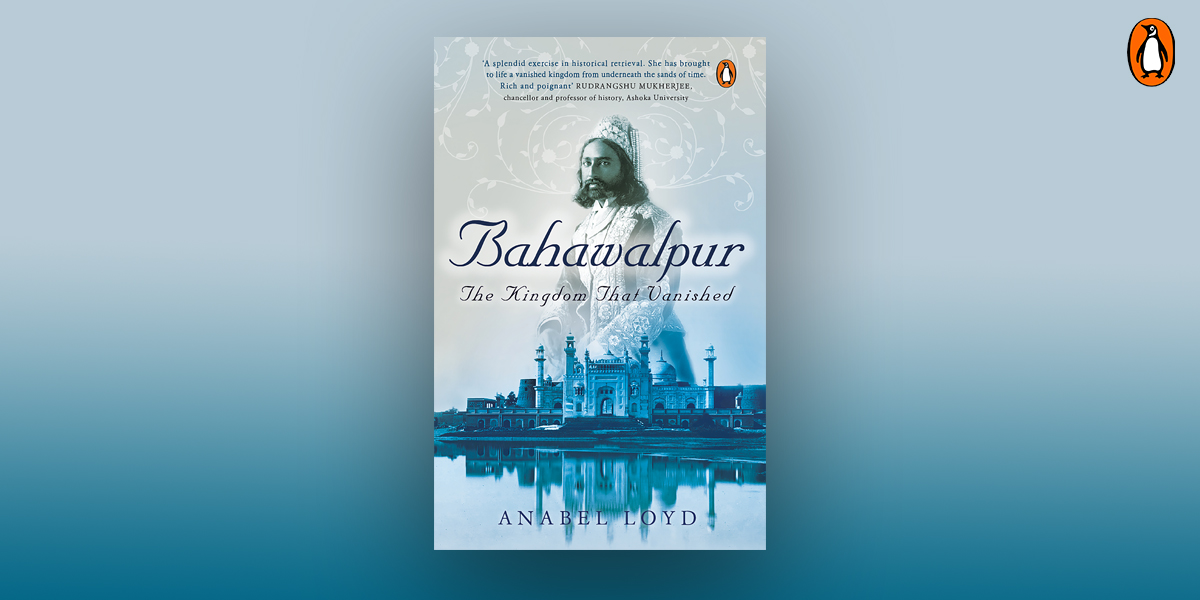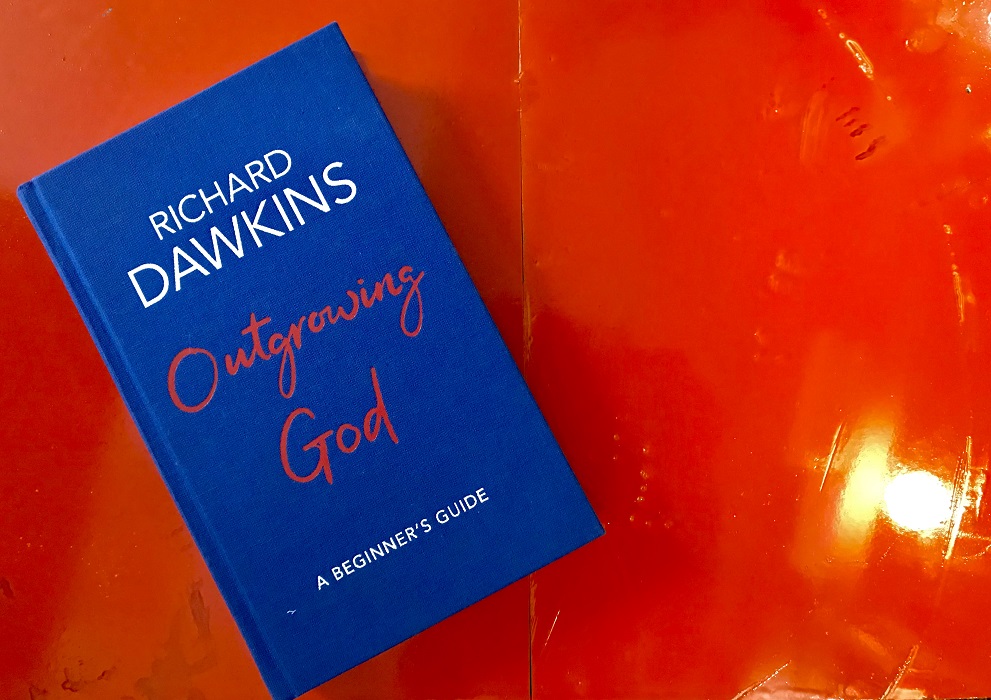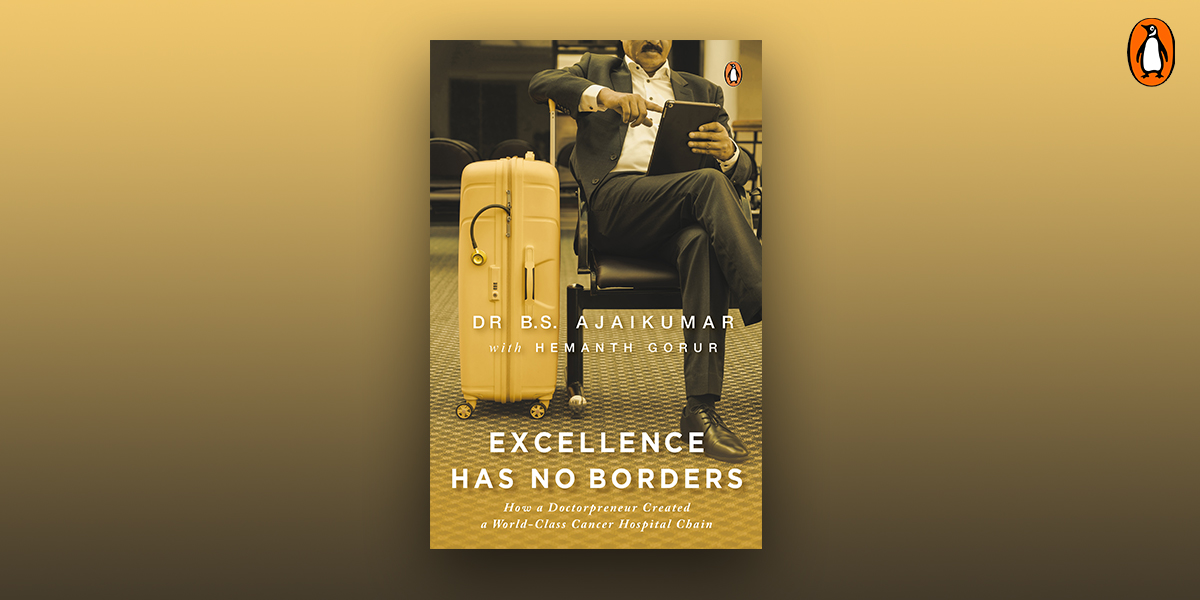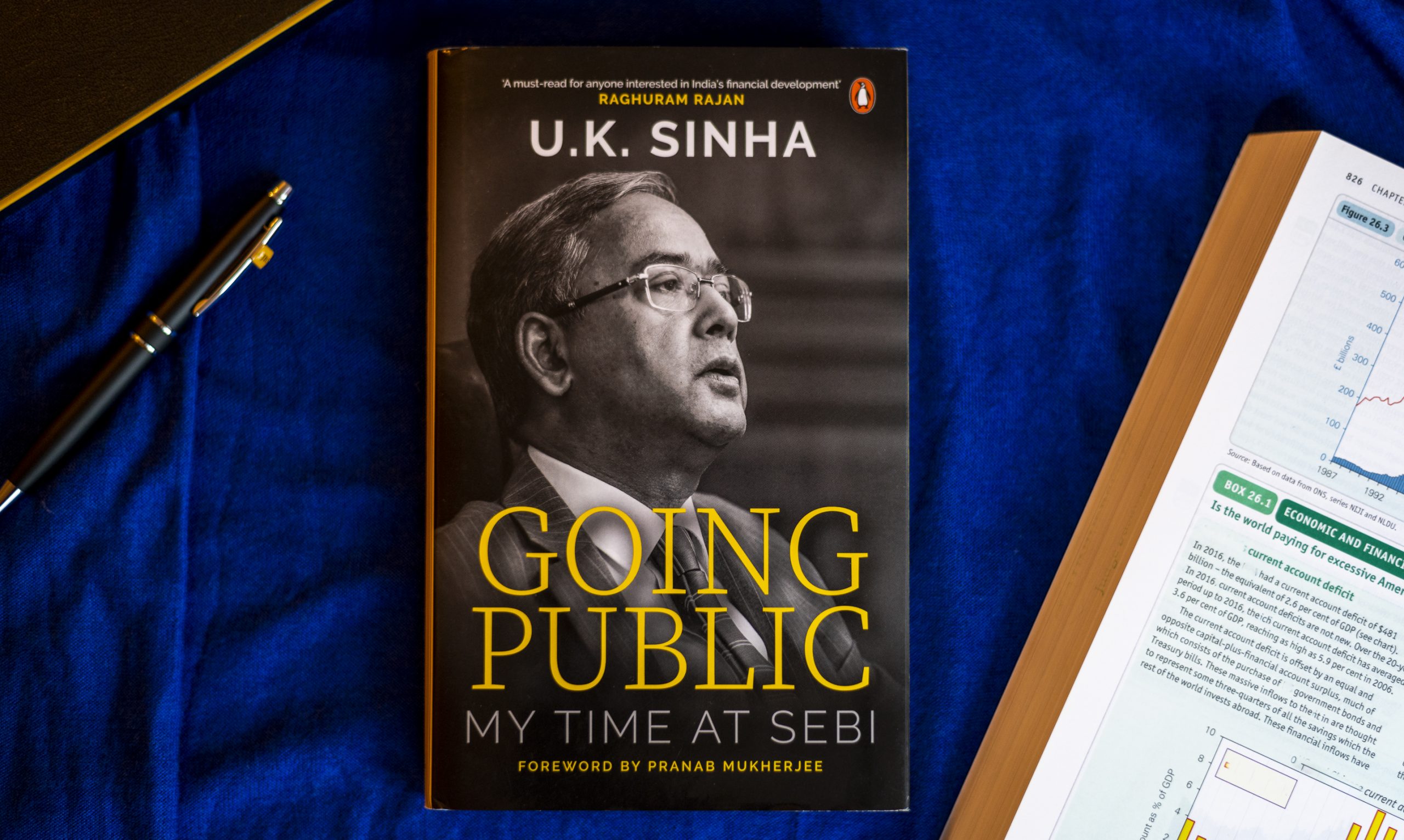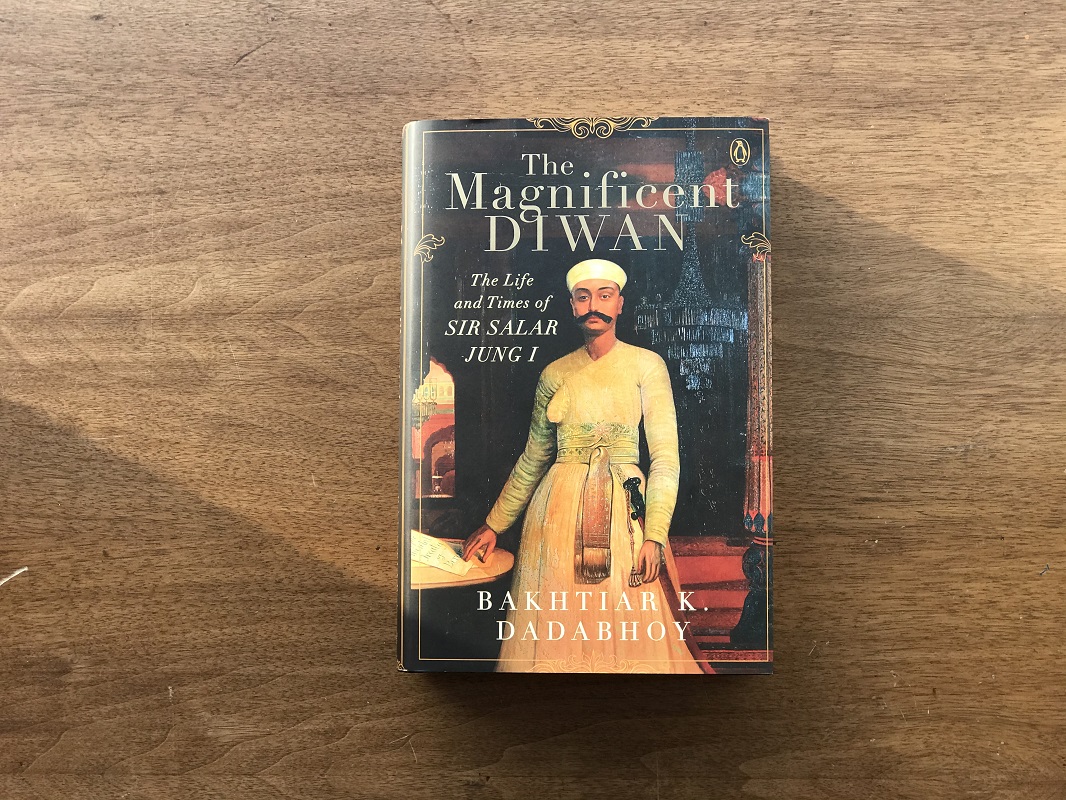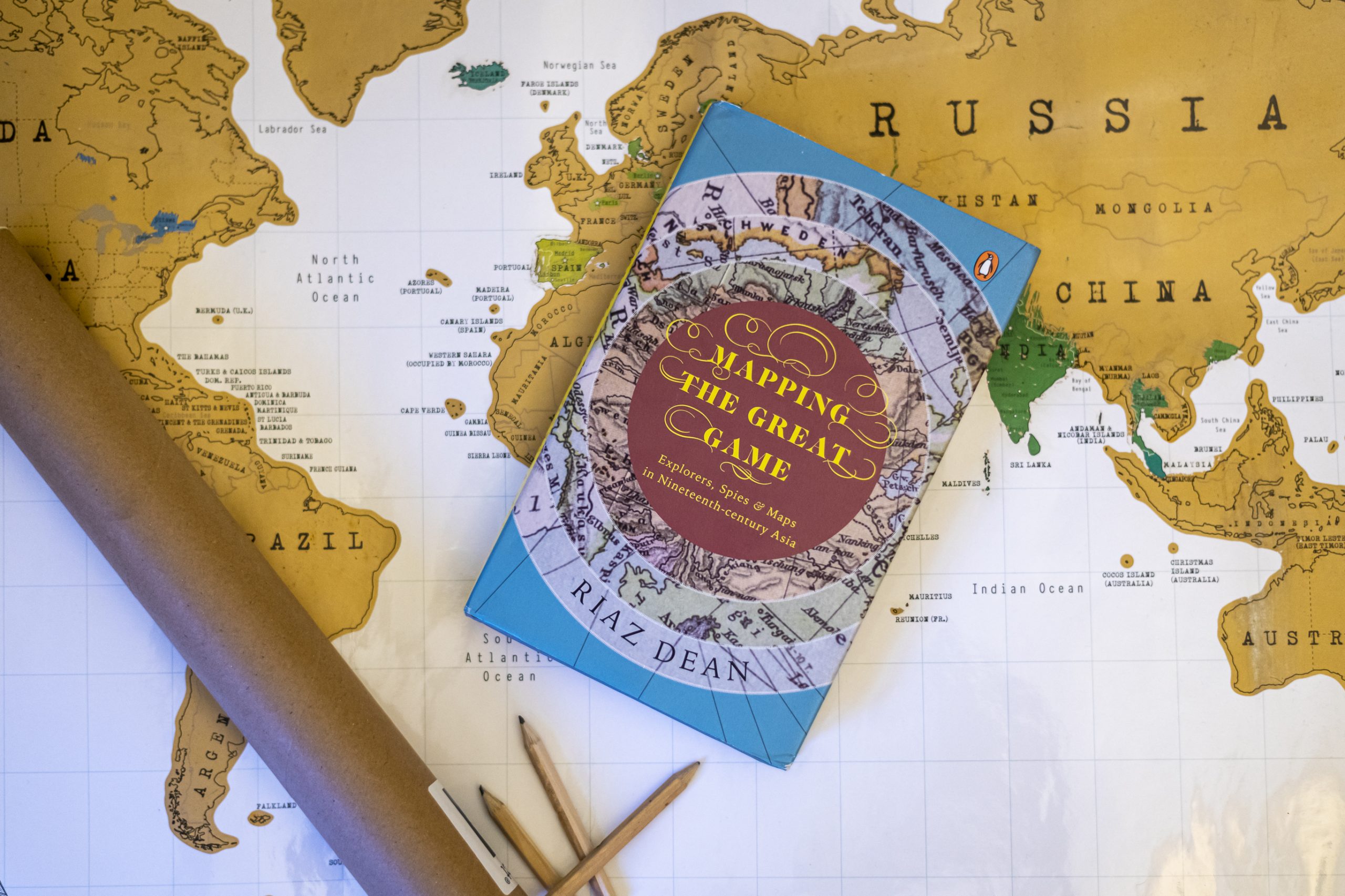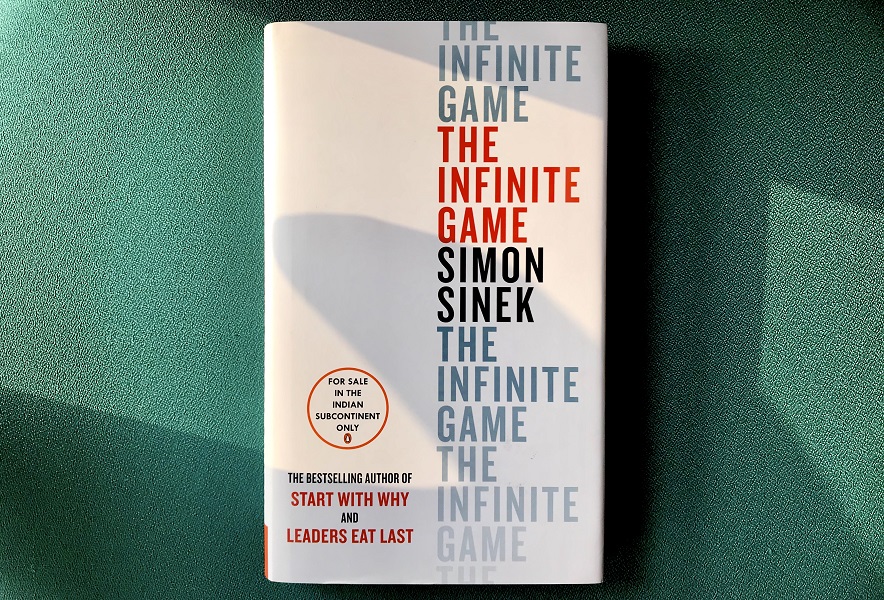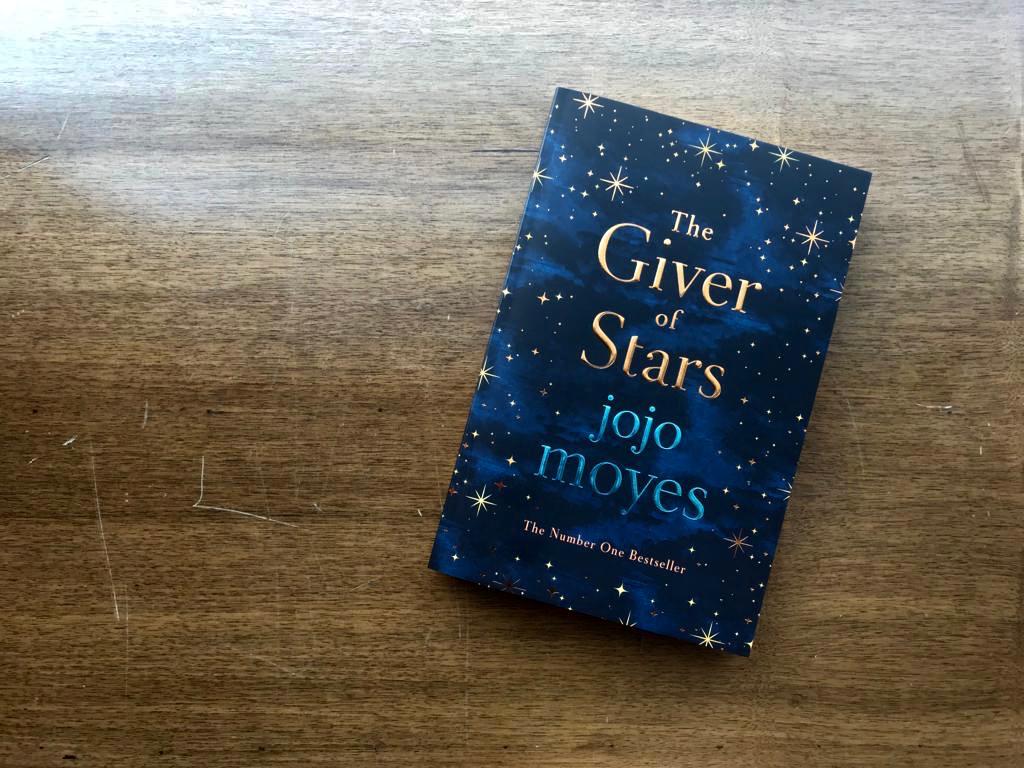In the seventy or so years since Independence, much less has been written about the Princely States which acceded to Pakistan than those that remained in India. The name of the once great State of Bahawalpur is no longer remembered among its well-mapped peers over the border in Rajasthan.
Bahwalpur by Anabel Loyd is a record of the conversations between the author and Salahuddin Abbasi who reminisces about his family and sheds light to stories of Bahawalpur’s princes from old records, letters, and the accounts of British travellers and civil servants. The following is an intriguing excerpt from the book:
—
Nawab Bahawal Khan had ruled for long enough to see his enemies fail, fall or die off. He had avoided confrontation with Ranjit Singh through judicious advice to the Sikh leader during his siege of Multan, being rewarded with gifts of an elephant and a shawl, added to several instalments of ‘friendly messages’.
Bahawal Khan’s most inveterate enemy, the makhdoom of Uch, died and was succeeded by his son, Makhdoom Shams ud-din and his brother who was recognized by the nawab when he rode to Uch in person to perform the ceremony of placing the ‘Turban of Recognition’ on his head. In 1808, Mountstuart Elphinstone came to Bahawalpur en route to Kabul on the exploratory journey he described in An Account of The Kingdom of Caubul and Its Dependencies in Persia, Tartary and India.
The Treaty of Tilsit in 1807 between Napoleon and Tsar Alexander I had raised, for the first time, the fear of overland invasion of India by Russia in alliance with the French bogeyman, and the governor general, Lord Minto, sent Elphinstone to Afghanistan, with other envoys to Persia and to Ranjit Singh, to gain promises of cooperation in the event of French incursions.
It is unsurprising that Elphinstone was impressed by Bahawal Khan. He must have been impressive to have successfully maneuvered a path through the hurdles, both of the tribal enmities of his times and greater invading powers. Before ‘we enter on the narrative of the passage of an embassy from the British Government’, it is too irresistible not to digress to Shahamet Ali’s rose-tinted description of England, where the roads of London are ‘paved with stones of various colours’, the town always kept in ‘clean order’ while the suburbs ‘are said to be covered with delightful gardens and noble buildings’ and ‘it is a fixed rule with every citizen, rich or poor, to whitewash his dwelling once a year’. That cloudless image might have surprised those breathing in the Great Stink and living through the cholera pandemic of the time.
Elphinstone described Bahawal Khan when he first met him on 1 December 1808 as a ‘plain, open, pleasant man, about forty-five or fifty years of age, he had on white tunic, with small gold buttons, over which was a white mantle of a very rich and beautiful gold brocade and over it a loongee. About six of his attendants sat; the rest stood round and were all well dressed and respectable’. The following day, ‘the Khan received us in a handsome room with attic windows and ‘conversed freely on all subjects’. He ‘praised the King of Caubul’ but had never seen him and ‘please God he never would’. He was a ‘desert dweller and feared the snows of Caubul’. Instead, ‘he could live in his desert, hunt his deer, and he had no desire to follow courts’. The nawab then demonstrated the skills of his people with a ‘curious clock’ made in Bahawalpur and gave Elphinstone parting gifts of greyhounds, two horses, ‘one with gold and one with enameled trappings’ and a very beautiful matchlock ‘with a powder flask in the English fashion’.
Elphinstone added, the nawab ‘has been liberal and kind to us without over-civility or ceremony’, with ‘an appearance of sincerity in everything he said’ and had shown ‘a spirit of kindness and hospitality which could not be surpassed’. Elphinstone was astonished that, unlike other princes he had encountered, they did not have to ‘struggle against the rapacity of the Nawab’, who, on the contrary, ‘would take nothing without negotiation’ and was himself almost embarrassingly generous in his gifts, sending a profusion of sweetmeats, flour, nuts and raisins, ‘a vast number of baskets of oranges’ and, most difficult to accept, five bags of rupees to be divided amongst the servants.
It appears the ambassador and the nawab were pleased with each other—certainly this meeting and the first treaty of friendship between Bahawalpur and the British was the start of a remarkably close friendship.
Anyone with a penchant for history and politics would definitely consider the book, Bahawalpur an insightful read, shedding light on the troubled history of Pakistan which has clouded a clear picture of it and shrouded its component parts. Give it a read tell us what you think!







